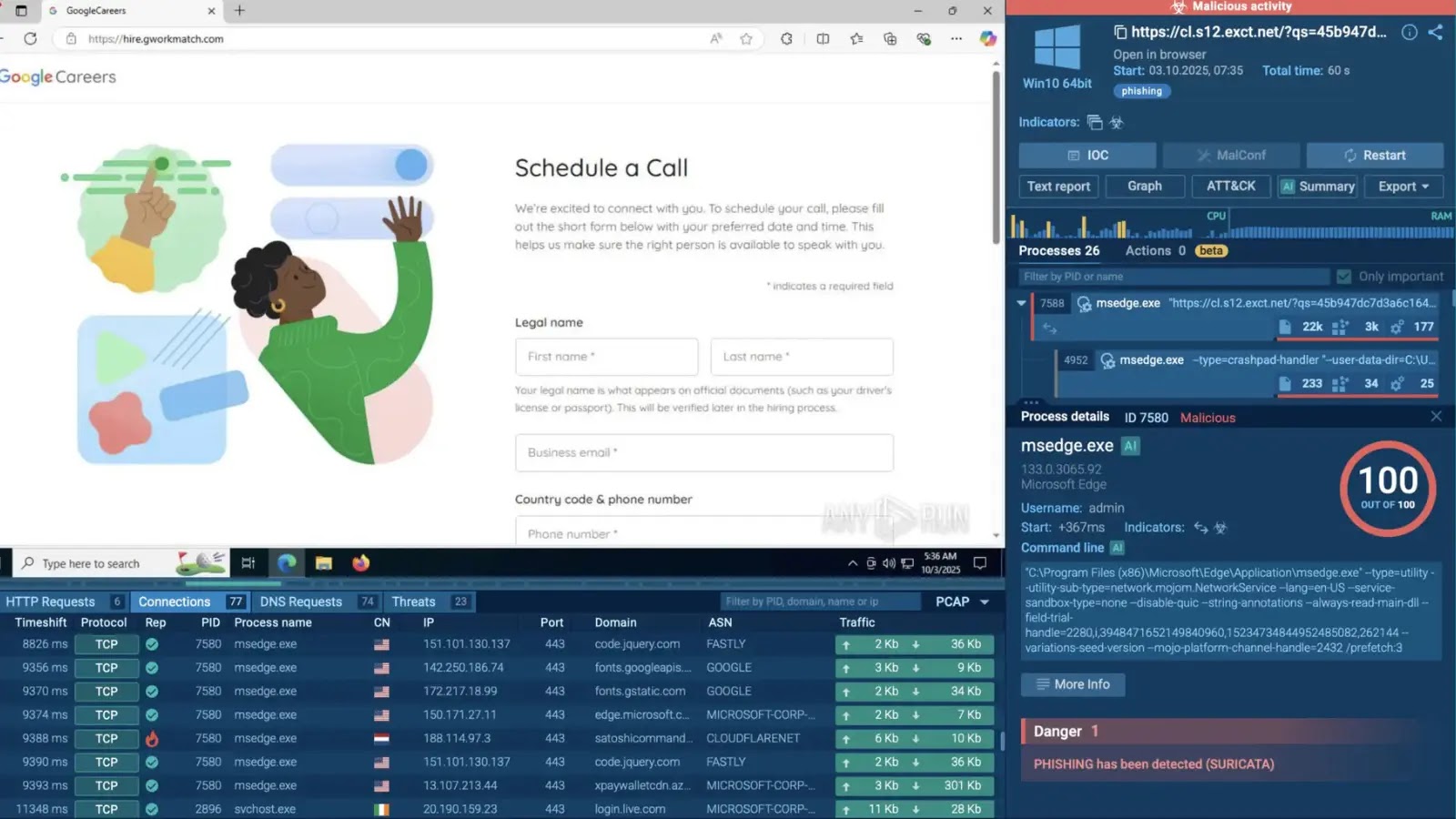In today’s interconnected business environment, organizations increasingly depend on a vast network of third-party vendors, suppliers, and partners to enhance innovation and operational efficiency. While this collaboration offers numerous benefits, it also introduces significant cybersecurity risks. Malicious actors often target vulnerabilities within these external entities to infiltrate otherwise secure enterprises. For Chief Information Security Officers (CISOs), effectively managing third-party risks necessitates a strategic approach that combines technological diligence, contractual accountability, and cross-organizational collaboration.
Understanding the Evolving Threat Landscape
Recent statistics reveal that over 60% of cybersecurity incidents originate from third-party breaches. Attackers exploit weaknesses in vendor systems to circumvent enterprise defenses, leading to substantial data breaches and operational disruptions. High-profile supply chain attacks, such as compromised software updates and credential leaks at service providers, underscore the cascading impact of inadequate third-party security measures. Traditional methods, like annual compliance questionnaires, are no longer sufficient against sophisticated threats. Instead, a dynamic, data-driven strategy is essential for identifying, monitoring, and mitigating risks throughout the entire vendor lifecycle—from onboarding to offboarding.
Five Pillars of Effective Third-Party Risk Management
1. Risk-Based Vendor Tiering: Classify vendors based on their access to sensitive data, criticality to operations, and historical performance. High-risk vendors, such as cloud service providers or IT managed services, require more rigorous scrutiny, including on-site audits and real-time security telemetry sharing.
2. Continuous Monitoring Frameworks: Replace static audits with continuous monitoring tools that analyze vendors’ external attack surfaces. Integrate threat intelligence feeds to detect emerging vulnerabilities, such as unpatched software or misconfigured APIs.
3. Contractual Enforcement of Security Standards: Embed cybersecurity requirements into legal agreements, mandating adherence to frameworks like ISO 27001 or NIST Cybersecurity Framework. Include clauses for breach notification timelines, financial penalties for non-compliance, and right-to-audit provisions.
4. Zero Trust Access Controls: Limit third-party access by adhering to the principle of least privilege. Implement network segmentation, multi-factor authentication (MFA), and just-in-time (JIT) access to minimize lateral movement opportunities during a breach.
5. Incident Response Collaboration: Develop joint incident response playbooks with critical vendors. Conduct tabletop exercises to test communication protocols, data containment strategies, and recovery workflows during simulated breaches.
Proactive CISOs align these pillars with business objectives, ensuring that risk management enhances agility rather than stifling innovation.
Building a Culture of Shared Responsibility
Mitigating third-party risks requires a collaborative effort. CISOs must cultivate a culture where vendors view security as a shared responsibility rather than merely a compliance requirement. Transparent communication about risk tolerance and expectations is crucial. Hosting regular threat briefings with key vendors fosters mutual awareness of emerging attack vectors, such as AI-driven phishing or zero-day exploits.
Joint Training Programs: Co-develop cybersecurity training modules tailored to third-party roles, emphasizing secure coding practices, phishing detection, and incident reporting.
Information Sharing Agreements: Establish protocols for sharing threat intelligence, ensuring timely dissemination of information about potential vulnerabilities or active threats.
Performance Metrics and Reporting: Implement key performance indicators (KPIs) to measure vendor compliance with security standards. Regularly review these metrics to identify areas for improvement and hold vendors accountable.
Leveraging Technology for Enhanced Oversight
Advanced technologies play a pivotal role in managing third-party risks. Automated tools can provide real-time insights into vendor security postures, enabling organizations to respond swiftly to potential threats.
Security Ratings Services (SRS): Utilize platforms that offer continuous monitoring and scoring of vendors’ cybersecurity health, providing an objective measure of risk.
Threat Intelligence Platforms: Integrate solutions that aggregate and analyze data from various sources to identify emerging threats relevant to the supply chain.
Automated Compliance Management: Deploy systems that streamline the assessment and tracking of vendor compliance with regulatory requirements and internal policies.
Regulatory Compliance and Legal Considerations
Adhering to regulatory requirements is a critical aspect of third-party risk management. Organizations must ensure that their vendors comply with relevant laws and standards to avoid legal repercussions and maintain customer trust.
Data Protection Regulations: Ensure vendors comply with data protection laws such as the General Data Protection Regulation (GDPR) or the California Consumer Privacy Act (CCPA).
Industry Standards: Mandate adherence to industry-specific standards, such as the Health Insurance Portability and Accountability Act (HIPAA) for healthcare or the Payment Card Industry Data Security Standard (PCI DSS) for payment processing.
Contractual Clauses: Include specific clauses in vendor contracts that outline security requirements, compliance obligations, and consequences for breaches or non-compliance.
Conclusion
In an era where organizational boundaries are increasingly blurred by third-party relationships, securing the extended enterprise is paramount. CISOs must adopt a comprehensive approach to third-party risk management that encompasses risk-based vendor tiering, continuous monitoring, contractual enforcement of security standards, zero trust access controls, and incident response collaboration. By fostering a culture of shared responsibility and leveraging advanced technologies, organizations can effectively mitigate third-party risks, ensuring resilience and trust in their operations.



